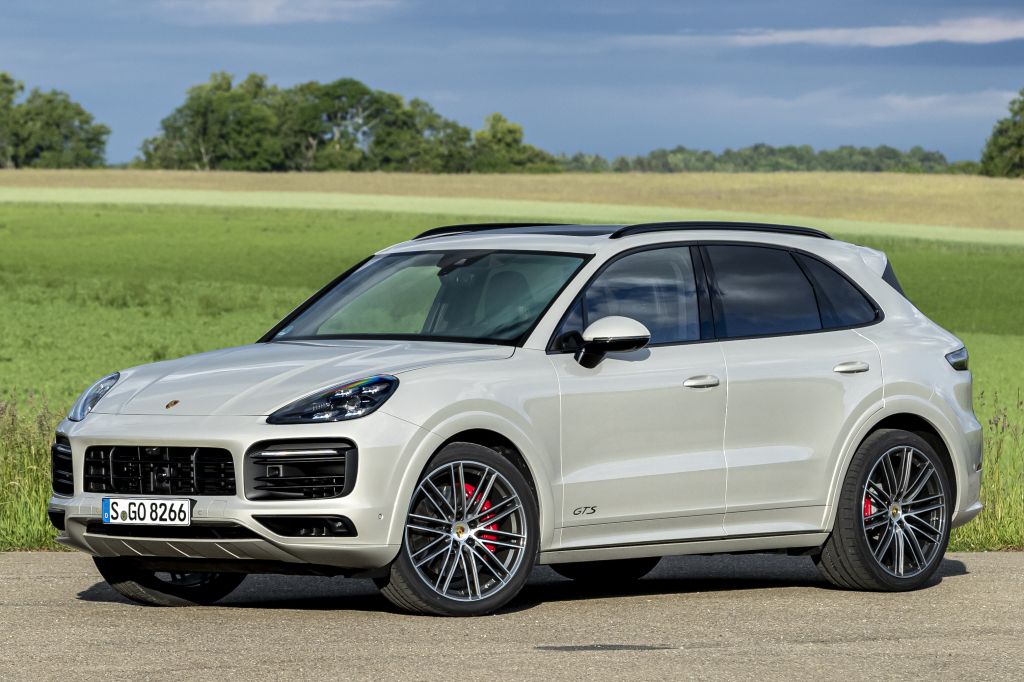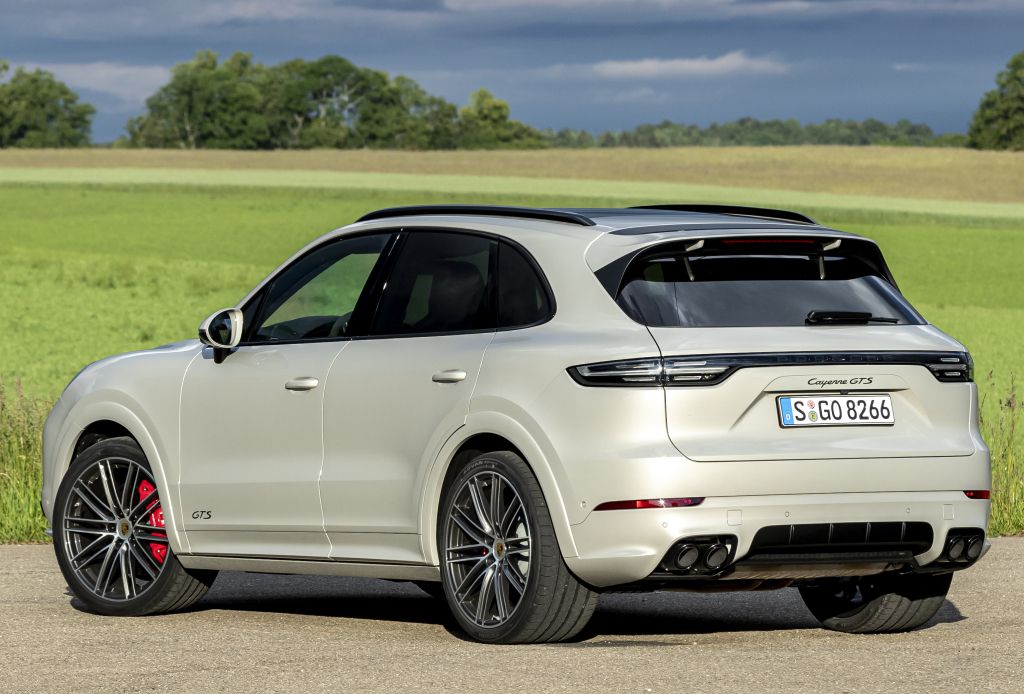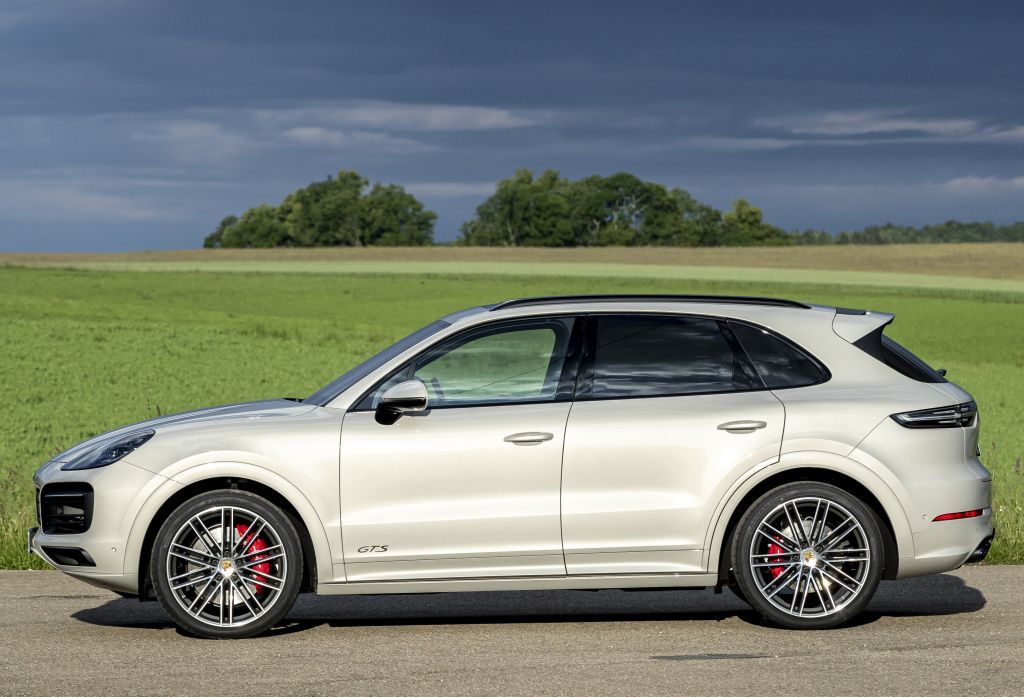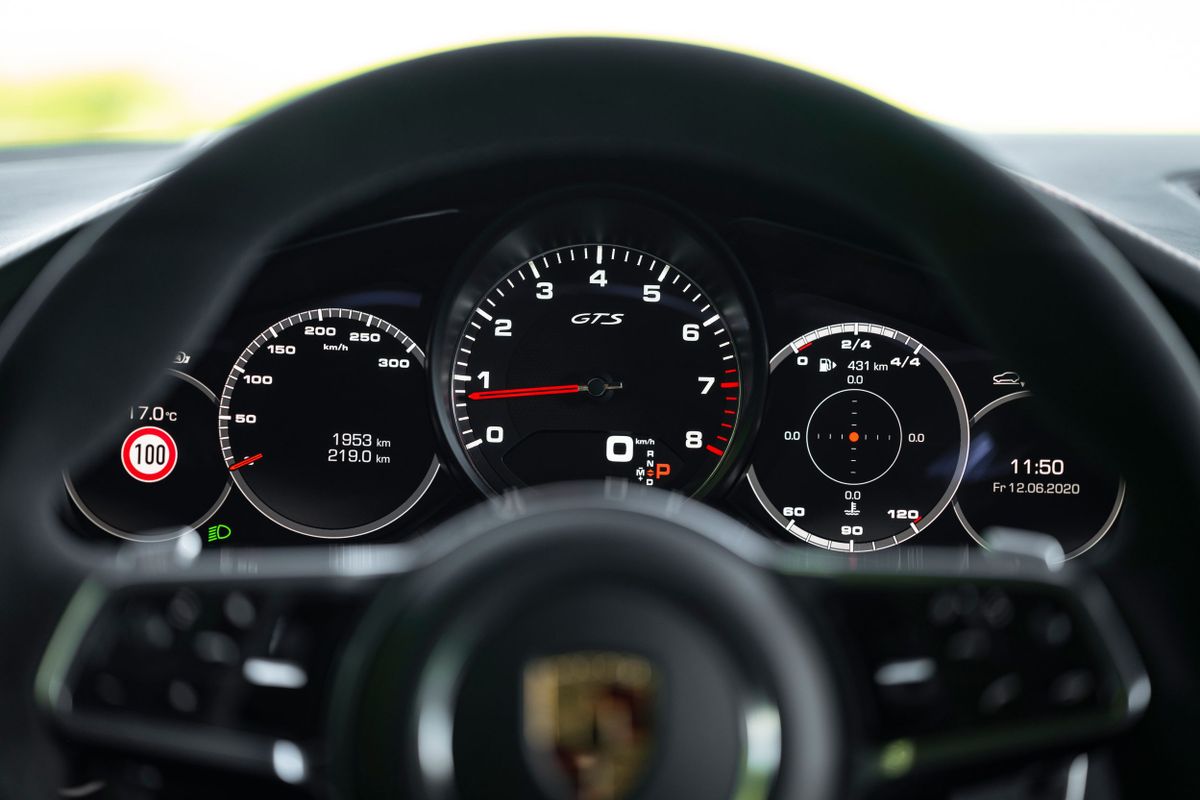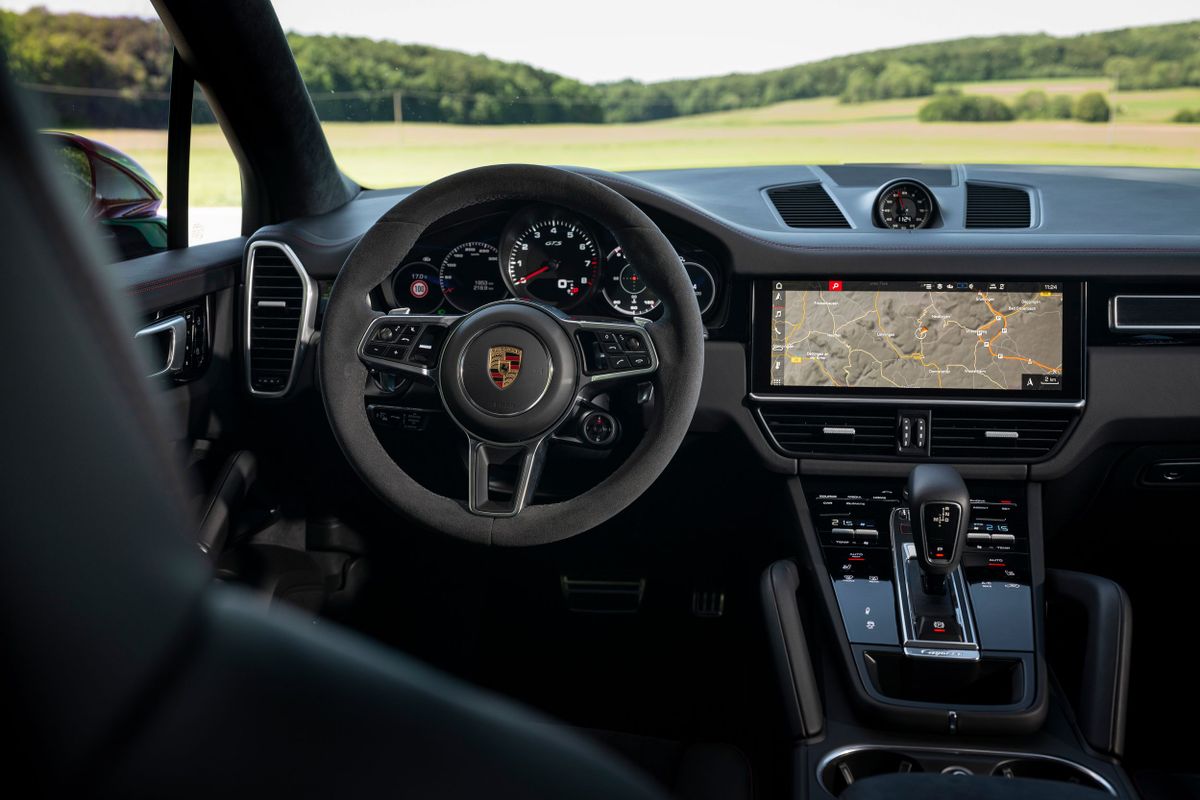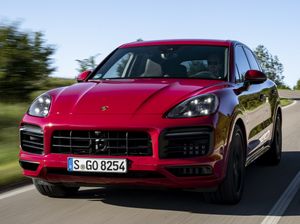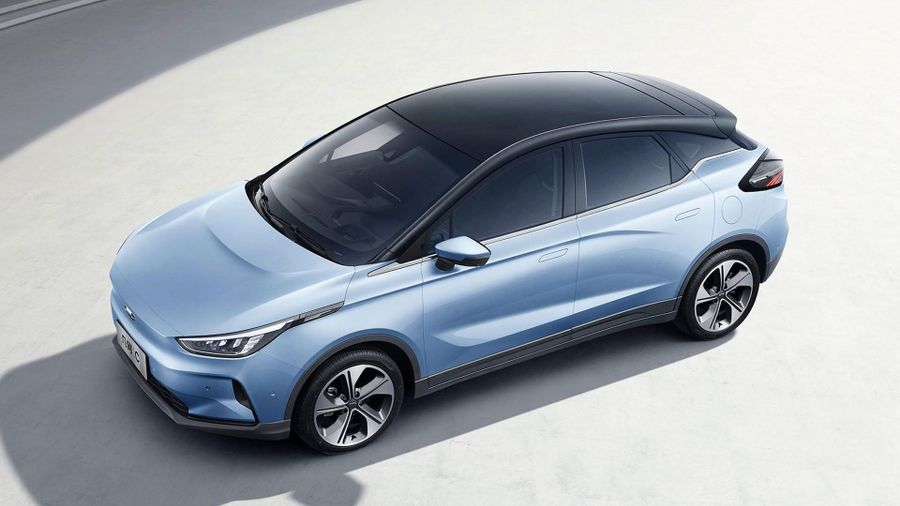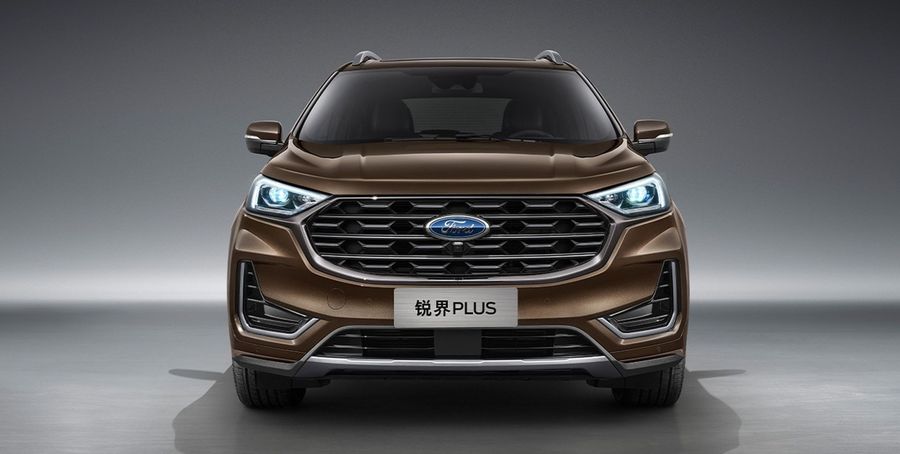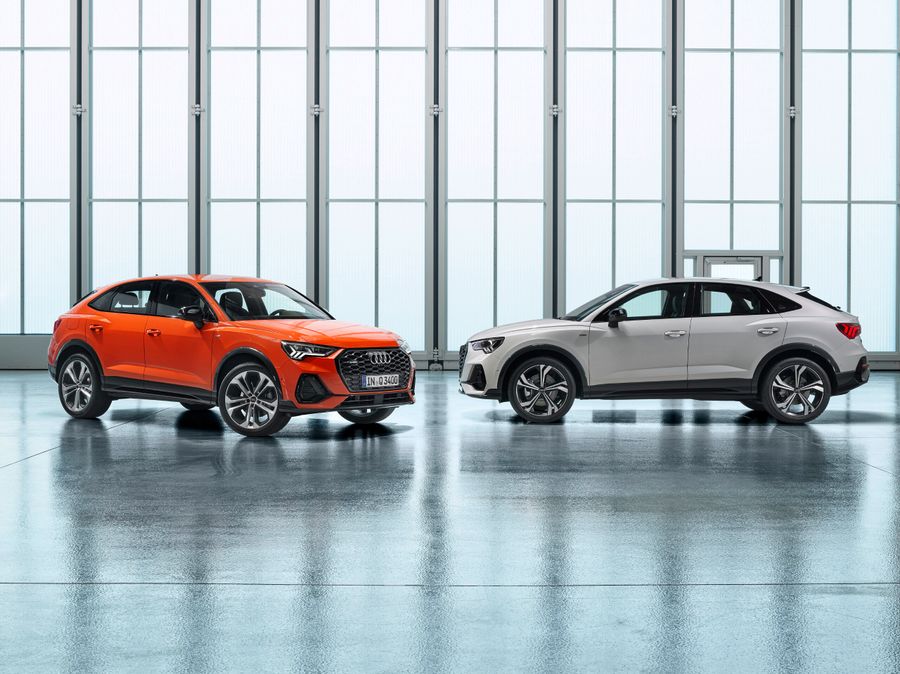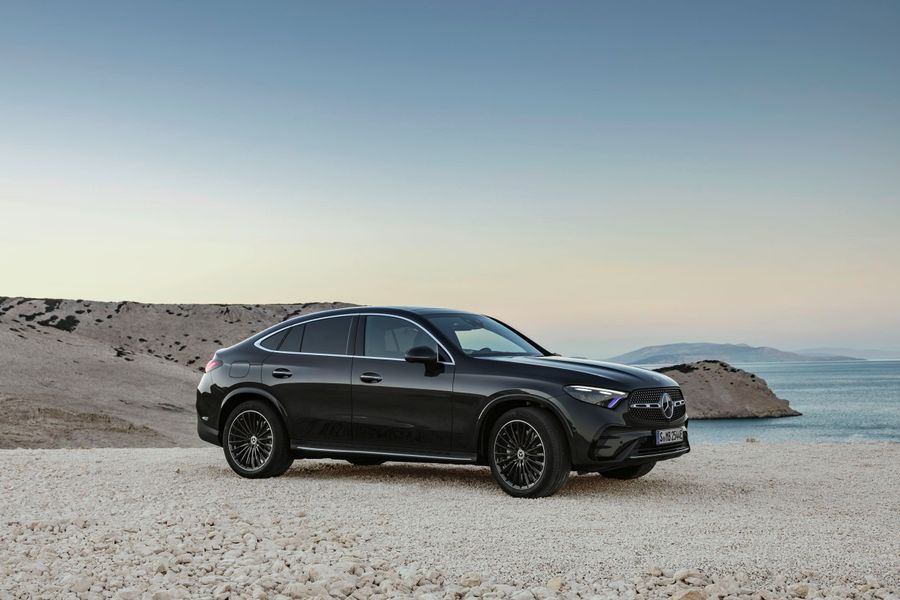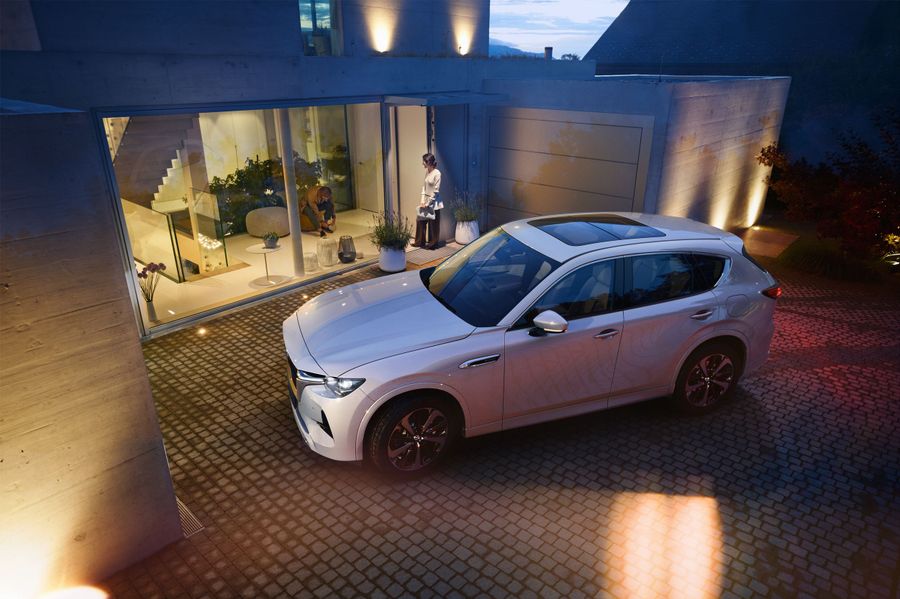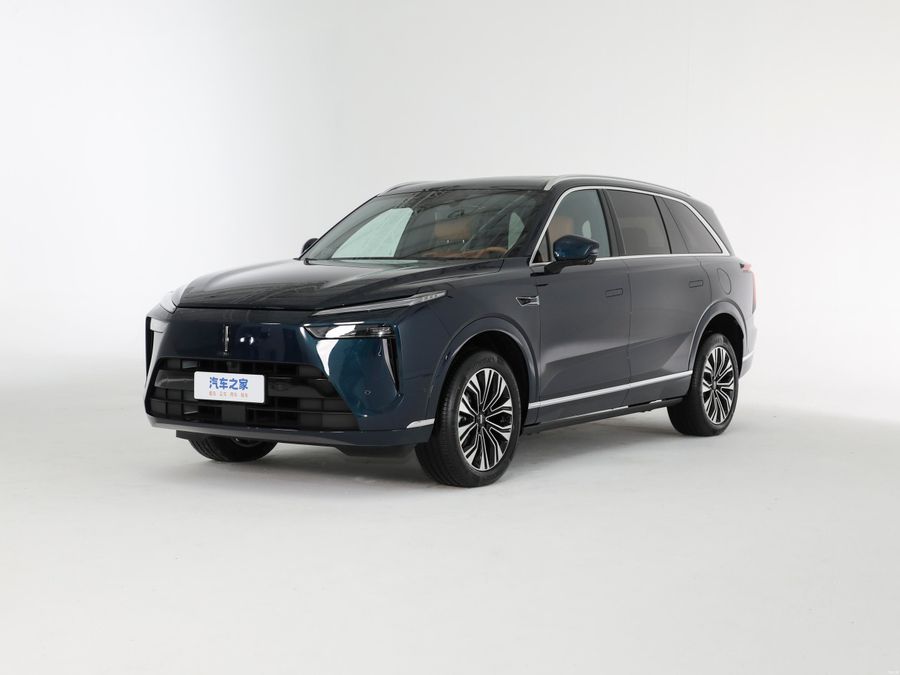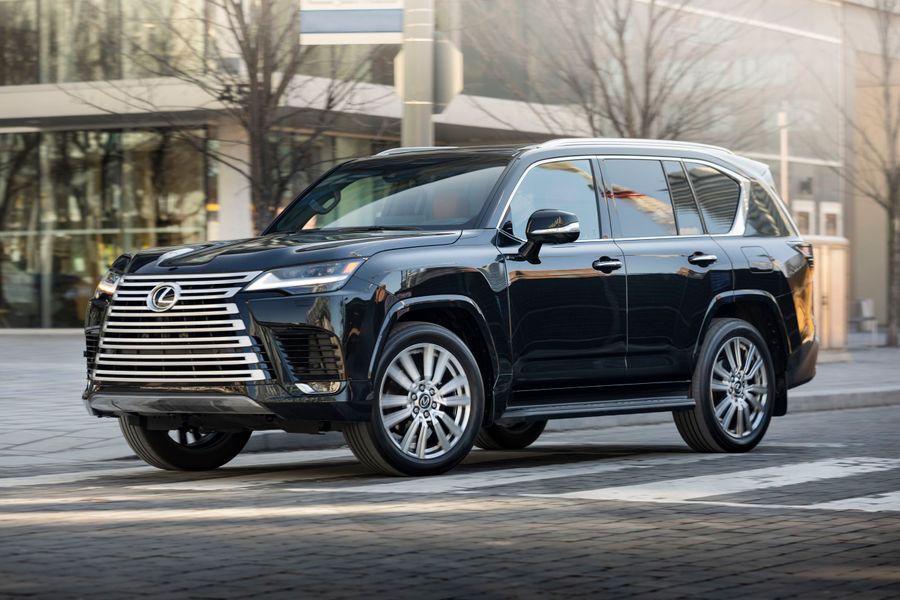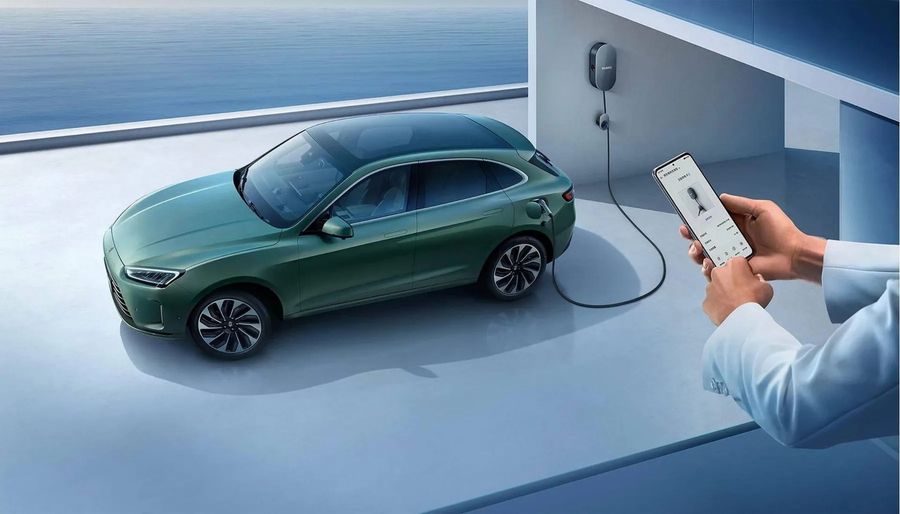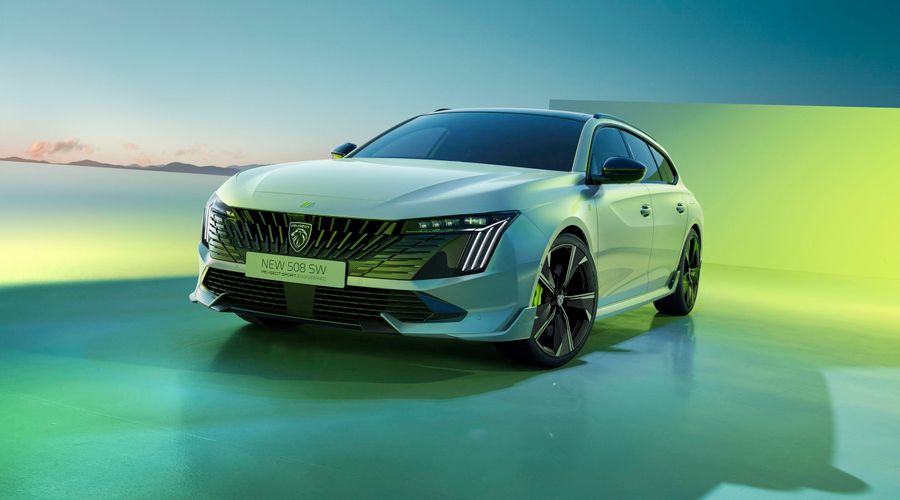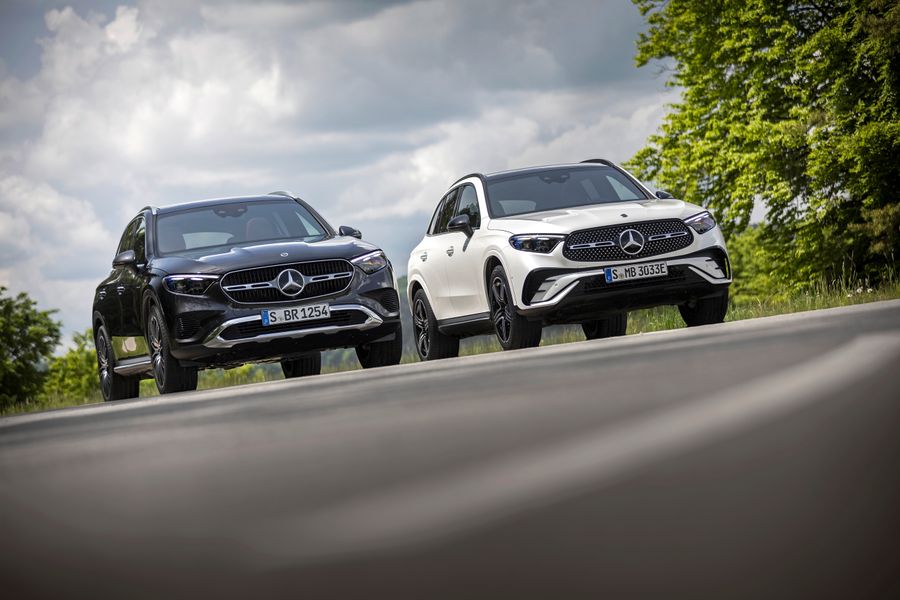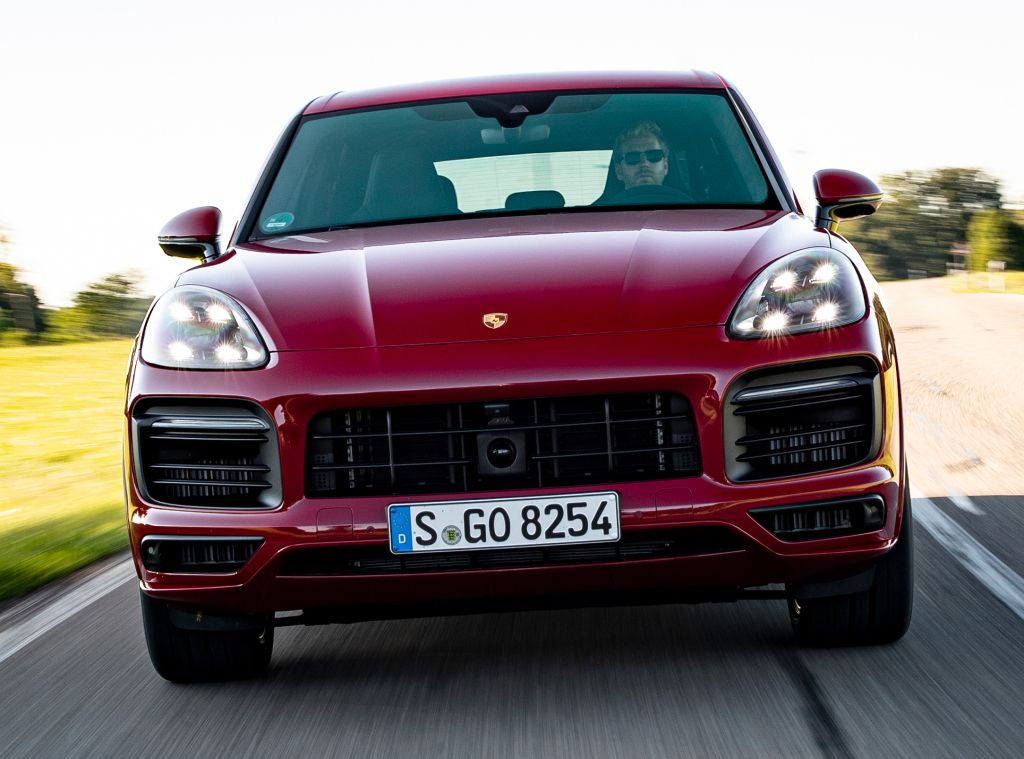
2017 Porsche Cayenne SUV. 3rd generation
The Porsche Cayenne is a five-seater mid-size sports SUV intended for public roads. It has been produced by Porsche (Germany) since 2002. It was created with the active participation of the VAG Group. In 2021, the third generation of the 2017 SUV is available in Israel (as of 2021). Our review will tell you more about it.
Introduced almost 20 years ago, the SUV opened a new page in the brand history. Not only did it become a bestseller, but it also saved Porsche from the crisis and pioneered the hybridization of the brand’s vehicles. To date, 1 million Porsche Cayenne units have been sold worldwide. The vehicle has a convenient and comfortable interior, many practical solutions, rich equipment and powerful engines. It is considered one of the best SUVs in the world and a reference point in its segment.
Interesting fact: The Porsche Cayenne set the Guinness World Record for the heaviest load pulled by a production car. The load was represented by a 285-ton Airbus A380 aircraft, which the Cayenne was able to pull for a distance of 42 meters at the Paris Charles de Gaulle airport, thereby breaking the existing record of 115 tons. According to the company, the cars will change in the next 10 years. The Cayenne will continue its journey and will continue to be the best SUV in its segment.
Exterior
The new, third generation Porsche Cayenne is distinguished by a revolutionary design, but quite recognizable style, which should be appreciated by fans. The hallmarks of the 2017/2018 Porsche Cayenne comprise a swift silhouette, an even wider radiator grille, and taillights combined into one stylistic element. The continuous rear brake light strip is a classic element of the Porsche 911, which was first carried over to the Panamera and then to the third generation Cayenne.
The new Porsche Cayenne is built on the new Volkswagen MLB Evo platform. All exterior body panels are made of aluminum. To reduce weight, the conventional lead-acid battery was replaced by an innovative lithium-ion battery, which allowed an additional 10 kg to be saved. The 5-door 5-seater SUV is 4,918 mm long, 1,983 mm wide and 1,696 mm high, with a wheelbase of 2,895 mm. The minimum trunk capacity has increased to 770 liters, while the maximum volume is 1,710 liters.
Interior
The SUV has a much more spacious interior. The backrests of the rear seats can be installed vertically (to the ‘loading’ position), or folded forward, forming a flat surface. The rear seats can move longitudinally by 155 mm. An electric trunk rack comes as standard.
‘Cars will change in the next 10 years. The Cayenne will continue its journey and will continue to be the best SUV in its segment.’
The 2018/2019 Porsche Cayenne features some elements of the previous instrument panel architecture, but a larger display of the multimedia system (its diagonal is now 12.3 inches), with the central ventilation deflectors being located below. The center console is stylish and functional, with many buttons that control the interior temperature, seat heating and ventilation, an electric handbrake, suspension modes and Vehicle Dynamic Control. The arrangement of the multimedia keys on the steering wheel is the same as for Porsche owners, and the rotary ignition key to the left of the steering column also continues to be a tribute to tradition.
Engines and modifications
Our review focuses only on the versions available in Israel in 2021. All models are four-wheel drive and are equipped with an 8-speed automatic transmission.
- The entry-level version is equipped with a 3-liter turbocharged V6 petrol engine with 340 hp and a torque of 450 Nm. The SUV is capable of accelerating from 0 to 100 km/h in 6.2 seconds, while developing the maximum speed of 245 km/h.
- The 2020/2021 Porsche Cayenne GTS is equipped with a 4-liter turbocharged V8 petrol engine with 460 hp and 620 Nm of torque. This version accelerates to 100 km/h in 4.2 seconds, while the maximum speed is 270 km/h.
- The basic plug-in hybrid version features a 3-liter V6 engine (340 hp), complemented by a 136 hp electric motor, providing a total output is 462 hp and 700 Nm. Acceleration from 0 to 100 km/h occurs in 5 seconds, and the top speed is 253 km/h. Average fuel consumption is 3.2 liters per 100 km. The lithium-ion battery has a capacity of 17.9 kWh. The maximum driving range is 44 km.
- The Porsche Cayenne E-Hybrid Turbo is another petrol-electric version, equipped with a 4.0-liter V8 biturbo engine that is capable of producing 680 hp and 900 Nm of torque. Such a hybrid accelerates in 3.8 seconds, while its maximum speed is 295 km/h. The driving range is 52 km.
All plug-in hybrids are powered by an electric motor integrated into the 8-speed Tiptronic S automatic transmission. With an output of 100 kW (136 hp) and 400 Nm of torque, the vehicle can develop a top speed of 135 km/h in the electric mode. If more power is required or when switching to Sport or Sport Plus mode, the combustion engine is connected. All Porsche plug-in hybrids are predominantly charged at home, for which a regular household or high-current socket is sufficient. The Porsche Mobile Charger Connect provides up to 7.2 kW of charging power, depending on the model. In addition, the Mode 3 cable allows charging at public charging stations.
Equipment
The entry-level 2020/2021 Porsche Cayenne comes with Porsche Active Suspension Management (PASM) adaptive suspension and Power Steering Plus speed-sensitive power steering. The vehicle can be equipped with a three-chamber air suspension. A steering gear on the rear axle can be ordered for a surcharge. You can also additionally order the standard cast iron brake discs, with more advanced tungsten carbide coated cast iron discs (standard on the Turbo model with white calipers) and carbon ceramic brakes that feature yellow calipers. The vehicle features tires of different sizes at the front and rear, whereas the entry-level versions have 19-inch wheels, and the advanced versions are equipped with 21-inch wheels.
One of the features of the Turbo model is the active rear roof spoiler, which rises 20 mm (6 degrees). Depending on the speed, it can rotate up to 28.2 degrees, creating additional downforce.
Particular attention is paid to improving the vehicle’s handling. Porsche Torque Vectoring Plus (PTV Plus) works in conjunction with the basic Porsche Stability Management (PSM), the rear differential lock and the braking system. When you turn the steering wheel, the electronics brakes slightly the inner wheels with respect to the turn, transferring more torque to the outer ones, which has a positive effect on the maneuverability and dynamics of the vehicle. Porsche Dynamic Chassis Control (PDCC) is used for active roll control. The vehicle is equipped with eight airbags (front full-size airbags, knee airbags for the driver and passenger, side airbags, and full-length curtain airbags). The list of options includes the night vision system with pedestrian recognition and head-up display, LED matrix headlights, adaptive cruise control and more.


